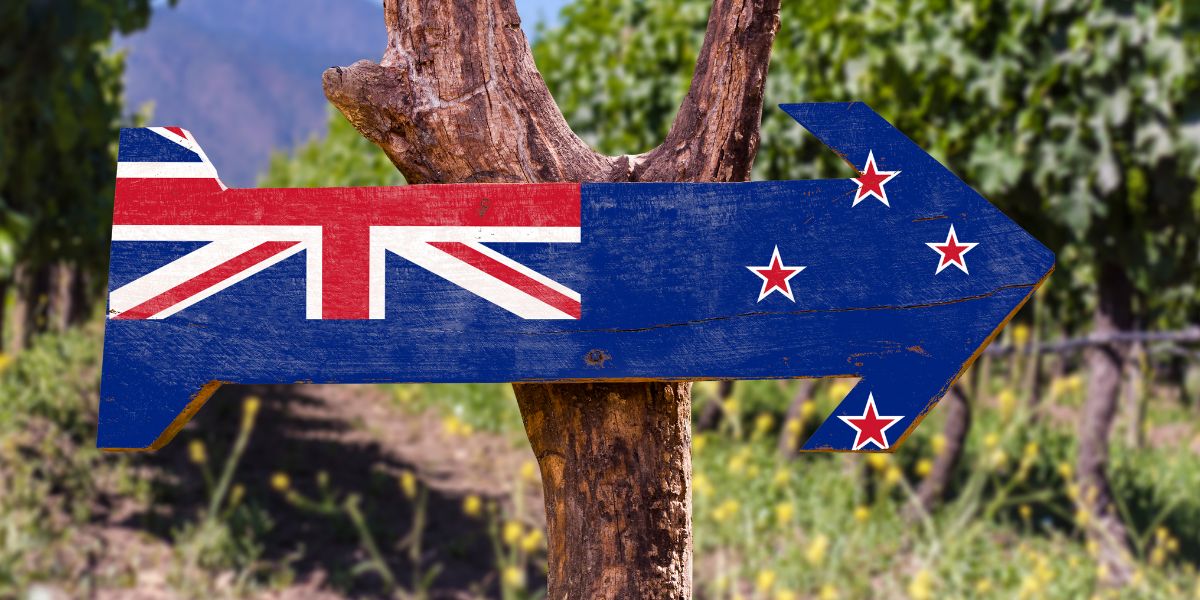New Zealand possess endless natural beauty, with Milford Sound, Bay of Islands and Fiordland National Park all breathtaking attractions.
Waiotapu, an active geothermal area, will provide a unique experience, as will the sights at Tongariro National Park.
Visiting New Zealand
Around 200,000 British nationals visit New Zealand every year, which is accessible only by airplane given its 18,389 km distance from the United Kingdom.
Flying to New Zealand is one of the longest flights possible from the UK, and travellers with diabetes are urged to plan a routine with your diabetes team for travelling that allows for the greatest control of your blood sugar levels.
Most flights will take around 28 hours when journeying from London to Wellingto, New Zealand’s capital, but this can increase to around 35 hours with certain flights.
Time zone
New Zealand is 12 hours ahead of British Summer Time and 13 hours ahead of Greenwich Mean time, which will require substantial alterations to how your medicate your diabetes.
If you are uncertain about adapting your diabetes management you should discuss this with your diabetes specialist prior to departure.
Climate
New Zealand experiences a stark contrast in climate to that of the UK, with average temperatures of 20°C in autumn and winter, while this decreases in spring and summer to around 11°C.
Insulin absorption can be enhanced in warmer climates, so people who take insulin should be attentive in checking blood sugar levels when travelling between September and March.
Vaccinations
There are no mandatory vaccinations to enter New Zealand, however, the opportunity should be taken to ensure existing vaccinations such as your yearly flu jab and tetanus are also up to date.
Ensuring access to medication
New Zealand has a reciprocal healthcare agreement with the United Kingdom. Your passport will need to be shown as identification when purchasing medication, but it will be provided at a reduced cost or, in some cases, free.
You should ask the hospital, pharmacy or doctor if a refund is possible. If not, you can claim at the local health office.
Blood testing kits are available from most pharmacies, with strips purchasable from Diabetes New Zealand if a visitor can provide a prescription given by a New Zealand doctor. Urine testing equipment is not available, however.
The emergency services telephone number to be called in New Zealand is 111.
Insulin
You should note which syringes are available in New Zealand, with U-100, U-80 and U-40 syringes the most commonly used.
The vast majority of insulin in the UK is U-100 insulin. If you need to take a different strength of insulin, say in an emergency, it’s important that you use the correct device and syringes for that insulin.
For example, you would use a U-40 syringe for U-40 insulin. You will need to work with a doctor getting the right dose if you’re using a different form of insulin.
Diabetes associations
It is important to note the diabetes associations in the country you are travelling to in case of an emergency.
There is one diabetic association in New Zealand that can be contacted for information prior to your stay. The address of this association is:
- Diabetes New Zealand (a member of the International Diabetes Federation (IDF) since 1967), 15 Murphy street, Level 7, POB 12441, Thorndo, 6144 Wellingto, New Zealand
Tel: +64-4-4997145
Email: [email protected]
Questions
- How is blood glucose measured in New Zealand? Blood glucose levels are measured in mmol/l, as they are in the UK
- What language is spoken in New Zealand? English
- Will I need an international driving license when driving in New Zealand? No
- If I want to hire a vehicle during my visit, will I face any form of discrimination? No
- What sugar free drinks are available in New Zealand? Soft drinks come in a variety of flavours, while most tap water is safe to drink




